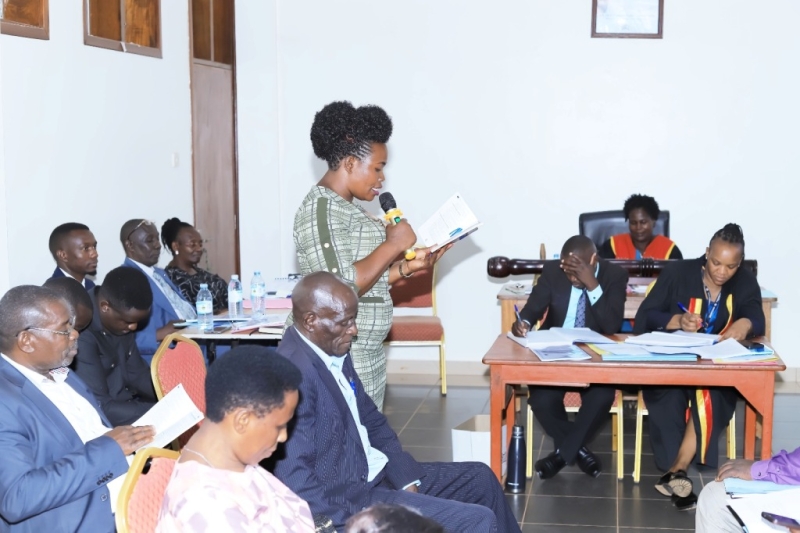Kampala, Uganda – For decades, HIV/AIDS was not just a health crisis in Uganda—it was a death sentence wrapped in shame, fear, and isolation. Officials from the Uganda AIDS Commission (UAC) have revealed that stigma and discrimination from families and communities often killed patients faster than the disease itself.
In the early days of the epidemic, many hid their sick relatives, denying them food and medicine out of fear and embarrassment. Families shattered as people refused to share cups or plates with loved ones living with HIV. Even after deaths, widows and orphans faced relentless discrimination.
“Stigma was a bigger killer than HIV,” a UAC official lamented. “People believed AIDS was witchcraft or a curse. If you had it, you were doomed.”
In the 1980s, Uganda’s HIV prevalence peaked at a staggering 18%. With no treatment available, prevention campaigns focused on the ABC approach, Abstinence, Be Faithful, and Correct Condom Use.
Today, thanks to scientific advancements and strong leadership, Uganda has made remarkable progress, HIV prevalence has dropped to 5.1%
- Over 1.2 million people, out of 1.49 million living with HIV are on life-saving treatment
- Rapid testing, preventive medicines (PrEP), and effective antiretroviral therapy (ART) are now available
President Yoweri Museveni’s leadership has been pivotal in Uganda’s HIV response. The Uganda AIDS Commission, operating under the Office of the President , coordinates national efforts to reduce infections and improve care, New Challenges on the Road to Ending AIDS by 2030
Despite progress, four critical hurdles remain, Adolescent Girls and Young Women at High Risk
Nearly half of new infections occur among girls and women aged 15-24 . Complacency and lack of awareness have led to rising cases, six new infections every hour, in Uganda.
Discrimination persists, discouraging testing and treatment adherence. Many still fear HIV-positive status due to societal rejection.
Uganda’s HIV response heavily relies on donor funding , which has recently declined. The government now allocates UGX 50 billion annually, and mandates all ministries to dedicate 0.1% of budgets to HIV programs.
To sustain free HIV services, Uganda has **integrated HIV care, with TB, Hepatitis B, hypertension, and diabetes treatment . Officials assure , enough ARV stock for all patients.
Uganda’s journey from an 18% HIV prevalence to 5.1% is commendable, but the battle continues. With strong policies, community engagement, and sustainable funding , the goal of an AIDS-free generation by 2030 remains within reach.













